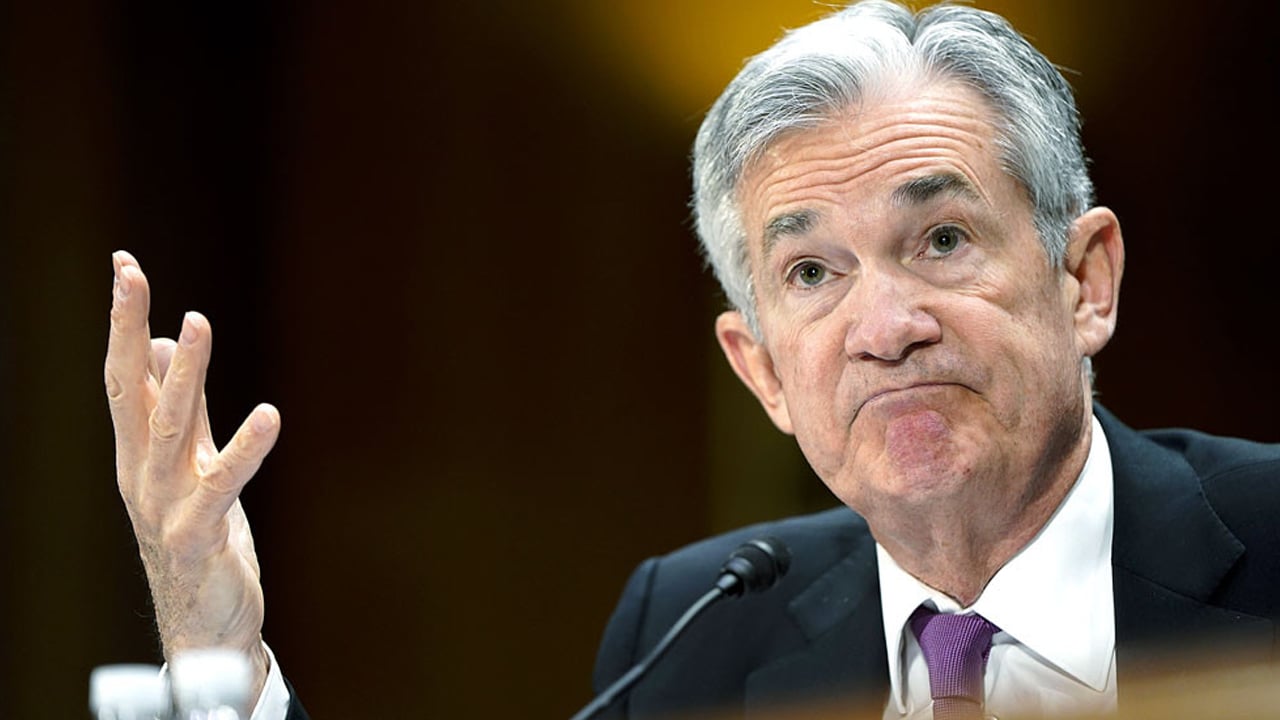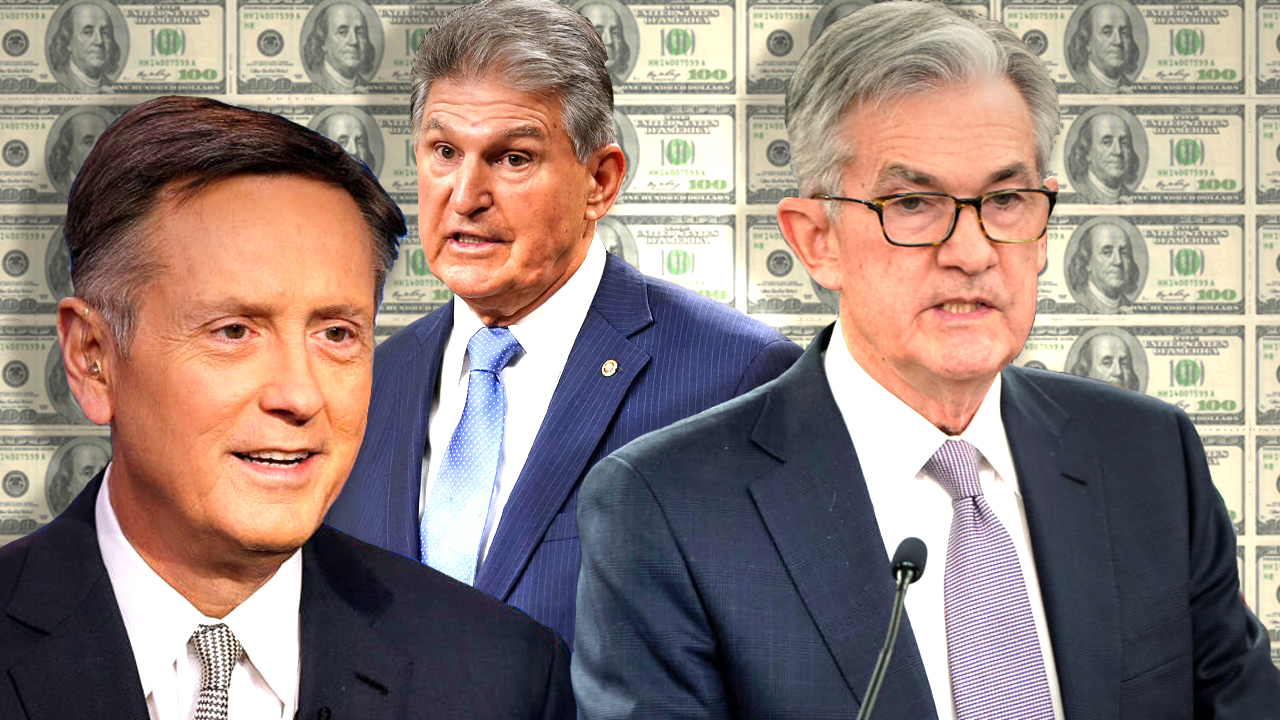
BTC is more than 50% down from its $69,000 all-time high and traders seem to have no clue about the digital asset’s next direction.
It is not too late for Bitcoin (BTC) to reclaim its bullish bias as it halfway paints an indecisive 'Doji' candle on the weekly chart.
In detail, Bitcoin's price correction this week to below $33,000 had it form a lower wick, suggesting that bulls bought the dip. A sharp retracement ensued and took BTC price to as high as $38,960 on Jan. 27. However, the bulls failed to hold the said week-to-date top for too long, resulting in another wick, but also pointing to the upside.

BTC price has since corrected to near its weekly opening rate of $36,200. In doing so, it has formed a transitional candlestick, called "Doji," that reflects indecision between bears and bulls. If found at the bottom of trends, Doji candlesticks could signal the reversal of price direction.
The $30K support sticks
Bitcoin has been trending lower since it established its record high at $69,000 in Nov. 2021. In doing so, the cryptocurrency wiped more than 50% of its profits, even dropping below its 50-week exponential moving average (50-day EMA; the red wave), a support key support level.
But Bitcoin's strongest interim support comes in at $30,000, a level that has been capping the cryptocurrency's downside attempts since Jan. 2021. Notably, in May-July 2021, the level was instrumental in attracting accumulators that helped the BTC price climb to its record high.
"If the support around $30K holds, it's possible we will see a strong upward trend resuming," noted Crypto Batman, a pseudonymous market analyst.

Additionally, a Doji formation ahead of the BTC price hitting $30,000-support shows a weaker bearish sentiment near the level.
Bearish outlook
On the flip side, Bitcoin's bullish outlook may fizzle out if its price drops decisively below $30,000.
In detail, Bitcoin's weekly relative strength index is currently near 38, and still heading toward its oversold territory below '30.' It shows that the BTC price still has room to continue its decline in the coming sessions, at least until it tests $30,000.

Meanwhile, a close below $30,000 puts Bitcoin at the risk of falling towards its 200-week exponential moving average (200-week EMA; the blue wave in the chart above) near $25,000. That is primarily due to the wave's history of ending bearish cycles in 2018 and 2019, which followed by sharp retracements to new record highs.
Fundamentals support a downside scenario
This week, Bitcoin wobbled between extreme highs and lows due to the suspense around the Federal Reserve's rate hike plans for 2022 to combat inflation. On Wednesday, the cryptocurrency's gains fizzled out after the U.S. central bank confirmed that it would raise interest rates in mid-March.
Jerome Powell's press conference after the statement further revealed the Fed's likelihood to increase rates after every policy meeting for the rest of the year. The Fed chairman admitted that the inflation outlook had worsened since their policy meeting in December, underscoring that the ongoing supply chain issues may not get resolved by the end of 2022.
Reading the Powell transcript now. I think this was a good question from @colbyLsmith and a helpful answer from Powell in terms of understanding the FOMC's thinking. pic.twitter.com/KDizwQf4Jr
— Joe Weisenthal (@TheStalwart) January 26, 2022
Bitcoin see-sawed in the hours leading up to the Fed's statement and during Powell's conference Wednesday afternoon. It briefly jumped to almost $39,000 after the central bank released its policy decision but started falling after Powell started speaking to journalists later in the afternoon.
Independent market analyst CryotoBirb played down the fears surrounding the Fed's tightening policy, stating that the central bank would not take "a destructive approach towards financial markets."
Related: Is the bottom in? Data shows Bitcoin derivatives entering the ‘capitulation’ zone
The chartist noted that a Fed-led stock market collapse would look bad on the politicians, which may leave the central bank with the option to only bring "short-term bearish implications" to the risky markets, followed by strong medium-term increases.
"It is also worth adding into the larger context that Bitcoin has freshly taken advantage over the equities, and while the stocks tumbled down, Bitcoin took off to the upside," he added.
The views and opinions expressed here are solely those of the author and do not necessarily reflect the views of Cointelegraph.com. Every investment and trading move involves risk, you should conduct your own research when making a decision.













 While inflation has kicked up in the U.S., following the massive stimulus issued by the Federal Reserve, investor and financial writer Lyn Alden Schwartzer published a report that shows “U.S. households now have record high exposure to stocks.” The news comes at a time when many analysts and economists believe equities markets are in a […]
While inflation has kicked up in the U.S., following the massive stimulus issued by the Federal Reserve, investor and financial writer Lyn Alden Schwartzer published a report that shows “U.S. households now have record high exposure to stocks.” The news comes at a time when many analysts and economists believe equities markets are in a […]







